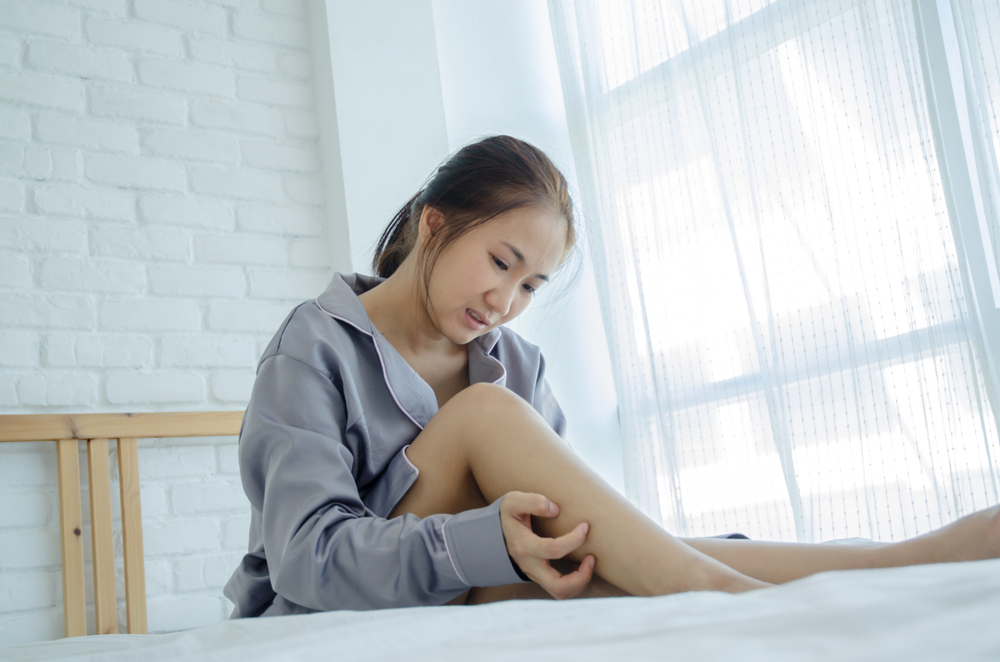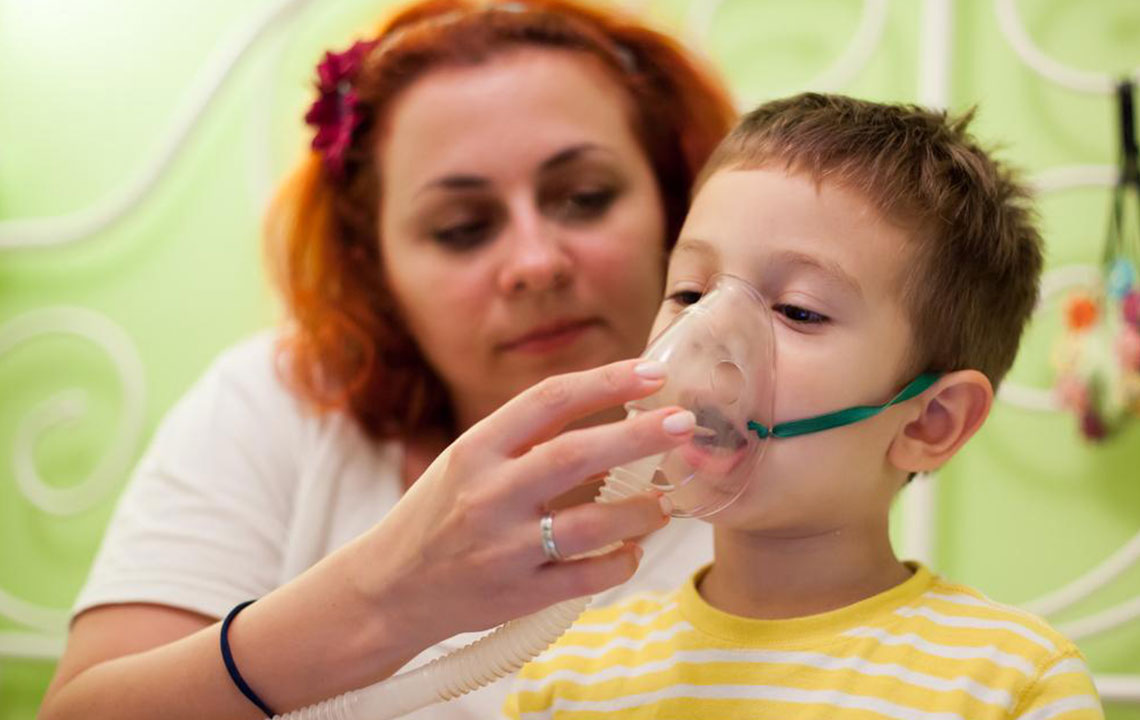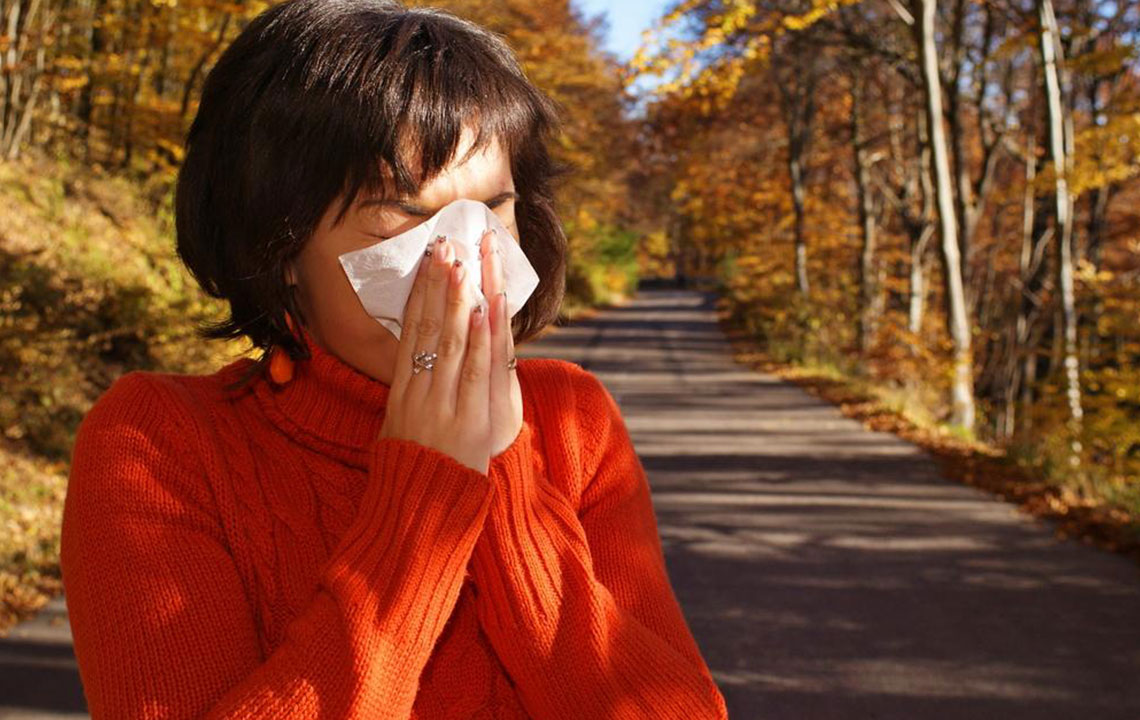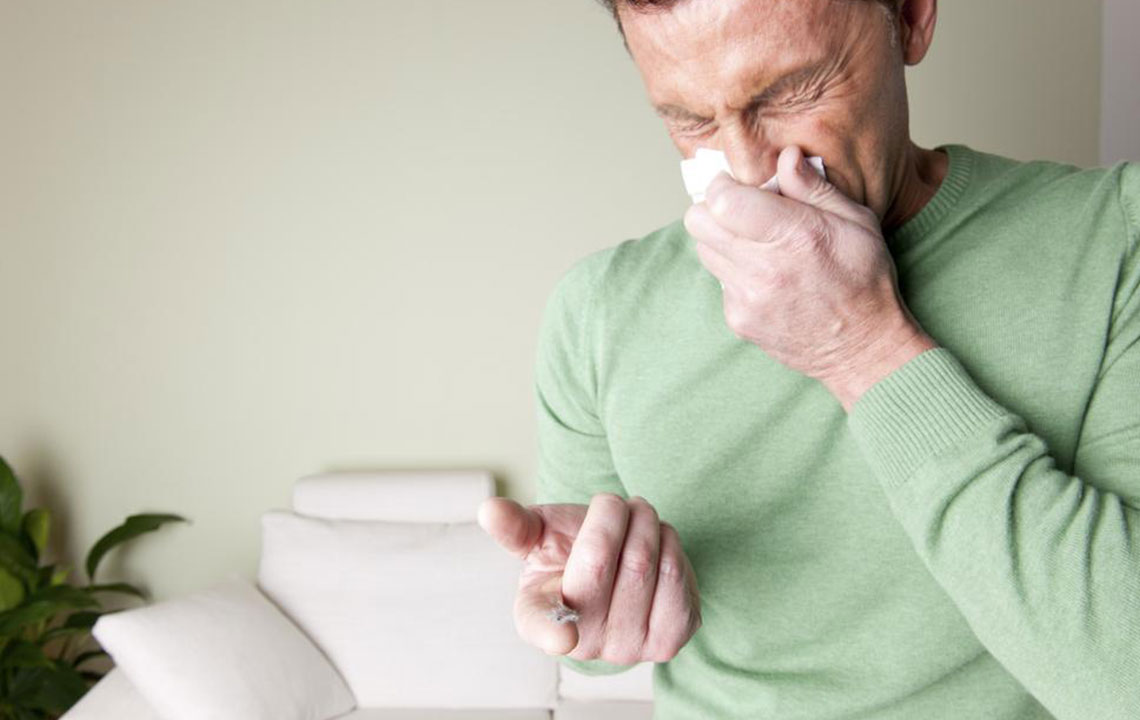A Complete Guide to Mold Allergy: Symptoms, Causes, and Prevention Tips
Learn about mold allergies, including symptoms, causes, and effective prevention strategies. This comprehensive guide covers environmental and dietary triggers, diagnosis methods, and practical tips to minimize mold exposure both indoors and outdoors, promoting better respiratory health for sensitive individuals.

Mold Allergy Explained: Symptoms, Origins, and Prevention
All about mold sensitivities: signs, causes, and how to prevent them
Allergic reactions can occur due to environmental factors like seasonal shifts and lowered immunity. Mold allergy results from sensitivity to mold spores found in the environment. Molds are commonly found on organic matter such as decaying leaves, wood, and moist indoor areas. Disturbing mold-contaminated zones in homes or outdoors can release spores into the air, causing allergic responses in susceptible individuals. While not everyone reacts to molds, those with sensitivities may experience symptoms from mild irritation to serious health issues.
Like pollen, molds are less active in winter but thrive in spring with favorable conditions. Indoor mold growth commonly occurs in humid spots such as bathrooms, basements, and kitchens. Typical signs of mold allergy include itchy eyes, sneezing, nasal congestion, dry or flaky skin, and irritations. Outdoor molds tend to cause allergy symptoms mainly during summer and fall, whereas indoor molds can lead to symptoms year-round. Inhaled mold spores may trigger hay fever-like responses, and prolonged exposure can lead to respiratory issues like wheezing, chest tightness, or asthma attacks. Sensitive individuals or those with weakened immune systems might develop severe conditions such as allergic bronchopulmonary aspergillosis.
Additionally, foods containing fungi, such as dried fruits, mushrooms, vinegar, yeast, or soy sauce, can provoke allergic reactions. Fermented products like wine may also contain histamines, causing allergy-like symptoms.
Several factors can increase the risk of mold allergies or worsen symptoms, including family history of allergies or asthma and occupational exposures like farming, woodworking, baking, or greenhouse work where mold is prevalent.
Healthcare professionals diagnose mold allergies through patient history, skin prick tests, or blood tests measuring allergen-specific IgE. Since there’s no cure, prevention focuses on minimizing exposure. This includes avoiding outdoor mold-rich environments during peak seasons and wearing masks during activities involving plants or soil. Managing indoor moisture and air quality is key to reducing mold growth. Measures include using HEPA-filter air conditioning, maintaining humidity below 50%, keeping humidifier tanks clean, ensuring proper ventilation, fixing leaks, and removing sources of dampness. Regular cleaning in moisture-prone areas like bathrooms and basements helps prevent mold development, supporting a healthier indoor environment.


